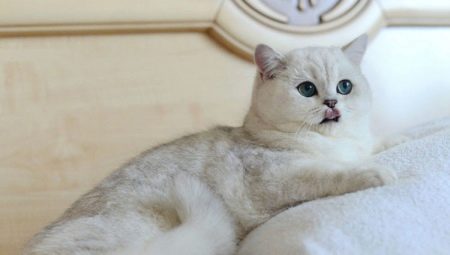The name "silver chinchilla" described breed of cats received in connection with the external similarity of its fur with the color of the skin of a rodent of the same name. This group includes several cat breeds. We will discuss them below.
Origin history
The history of this group is not well understood. There is a version that in the territory of modern Europe the first representative of the silver lambkin breed (so called chinchilla cats in another way) appeared in Britain. And he was brought into the territory of Misty Albion in the time of Ancient Rome. However, most experts nevertheless agree that chinchillas were bred on the territory of England itself in 1883.
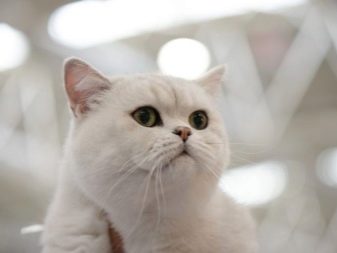
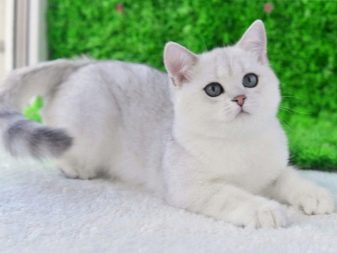
A certain cat lover, Mrs. Wellans, acquired a female kitten with a color that was rare for that time and was so fascinated by her pet that she was tempted to get offspring from her. For this purpose, a Persian cat with long hair and a similar smoky color was found. From this pair managed to get offspring. Two generations later, in 1894, a kitten was born, which was considered the founder of the Silver Lambkin breed. Later, this cat won many different awards at competitions, and now it is stuffed with a scarecrow in the Museum of Natural History in London.
Purebred chinchilla cats are believed to have an emerald green eye color.
Breeders for a very long time sought to obtain offspring with such features.For this, the first chinchillas were crossed with motley or striped cats of the color tabby, But since the famous chinchilla color was extremely rare, and such kittens were inconsistent, breeding of this breed was very slow. The chinchilla cat breed has received official recognition only recently, already in the current century.
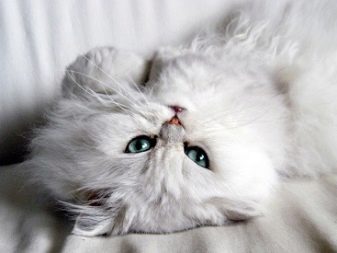
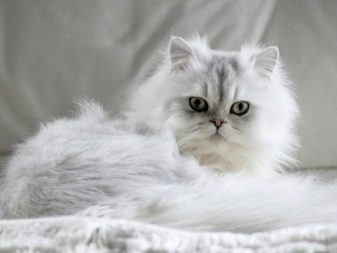
Description
According to modern standards, silver chinchilla wool should have a predominantly white hue. Only a slight darkish coating is allowed at the ends of the hairs, creating the effect of silver. It is considered a great success if you managed to get silver kittens with blue eyes. They were originally considered to be purebred representatives of the feline chinchilla dynasty.
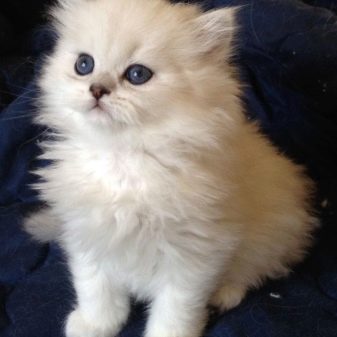
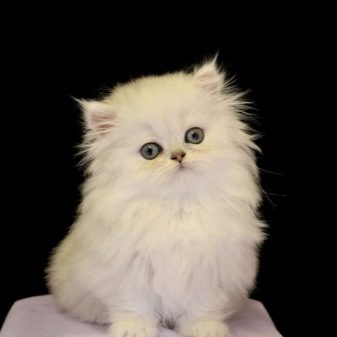
Over the years, individuals with green and amber eye tones also began to be recognized. As for the body structure of the described breed, these cats are characterized by short powerful legs, a fluffy tail and a massive chest. The shape of the head is round, the cheekbones are pronounced, the ears are small, neat. The nose of cats of this breed is pinkish-brown, slightly flattened, which is characteristic of their distant relatives - the Persians.
The chinchilla group includes several different breeds.
- British They are distinguished by short thick fur, dense physique, and well-developed muscles. The eyes are usually bright green. Ticked color is very expressive. The ears are small, upright, with rounded tips. Paws are short and strong. The head is regular round in shape. The tail is thickened, short and very fluffy.
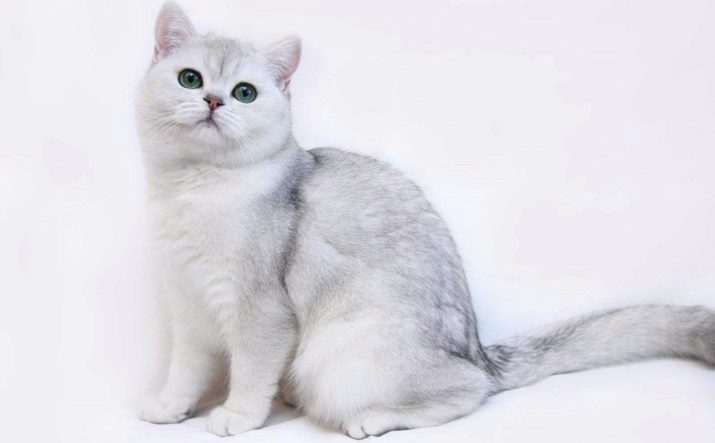
- Persian. The coat is rather long, the tail is fluffy, the eyes are most often green, less often blue or cognac. Persian paw pads are black, nose is red. Ticked shade is less noticeable than the British.
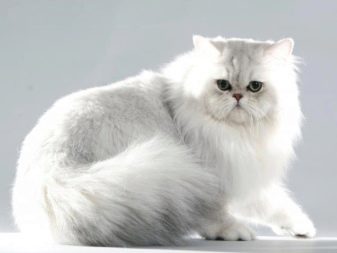
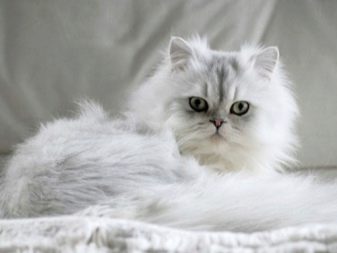
- Scottish. They are often confused with the British breed - the same thick and short fur, emerald-colored pupils with a black border around. You can distinguish them by the shape of the ears - their tips are slightly inclined forward and down. According to the set breed standards, the ears should not go beyond the boundaries of the outlines of the head. Paws are more elongated and more proportional to the body of the animal. The head with a pronounced lower jaw resembles the shape of an owl. The tail is flexible, slightly elongated.
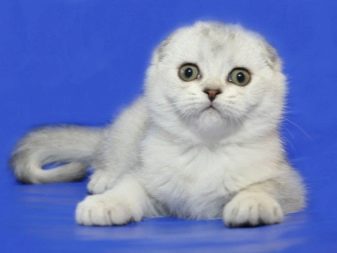
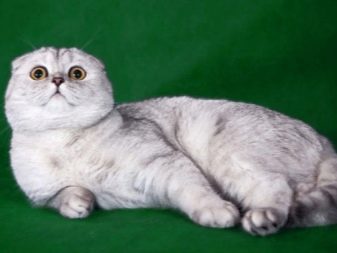
- Scottish fold. This breed is also called Scottish strike. The coat is of medium length, at birth it has a white undercoat, and a characteristic silver coating appears a bit later. The paw pads are dark, with a clearly defined dark rim around the pupils, nose, and mouth. The eyes are large and expressive, green in color with an amber hue.
Due to the thick and light coat, silver chinchillas seem larger than other cat breeds. At the same time, cats differ from females in larger sizes, this can be seen even by a layman. If the female weighs about 5 kg, then males can reach 7 kg or more.
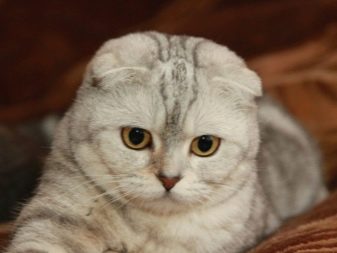
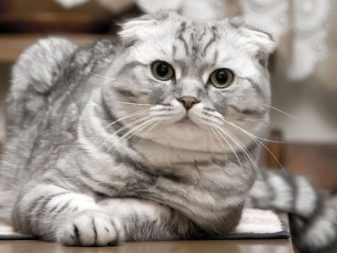
Silvery chinchillas are also divided into several groups according to the color of their fur:
- a group with a silver color with dimming, when the dark part of the hair does not exceed 1/8 of its length;
- ticked, when the color is not of any specific character like stripes or spots, and the areas of light and dark hair alternate in a certain order;
- shaded when the hair is dark about 1/3 of the length.
Character Features
Chinchillas are appreciated for their friendly disposition and complaisant character. They are considered real breed aristocrats. Chinchillas like to play with their toys, but it’s not natural for them to do something in spite or out of harm, for example, sharpen claws on furniture or tear off curtains. These cats enjoy spending time on the owner’s lap, are easily accustomed to the tray and are very patient with children's pranks.
However, as is characteristic of all representatives of high society, these animals require increased attention to themselves.
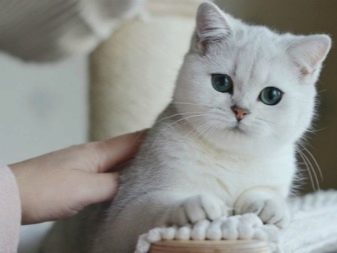
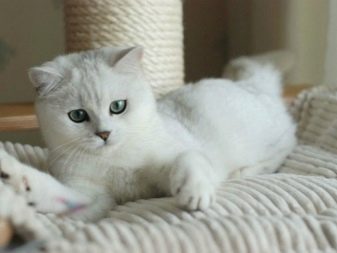
For them, constant communication with the owner is very important. They are happy to take hugs and other caresses, often even sleeping in the same bed with the owners. Due to their natural wisdom and restraint, cats are tolerant of loneliness, but they still prefer society and yearn for a long separation from the owner.
Cats of this breed can be as loyal as dogs. At the same time, they will not wake you up in the morning with loud sounds with different requirements, but tactfully awaken to awaken their love and affection. Some breeders claim that chinchillas are able to give their meow the right tone to express their wishes.
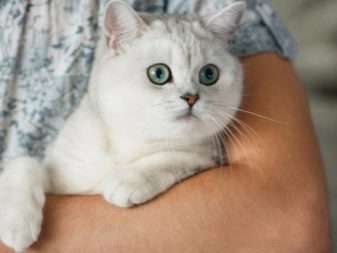
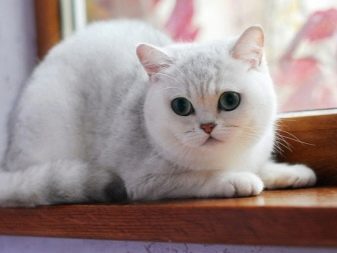
At a young age, kittens, like all children, are playful and mobile. As a toy, you can choose absolutely any item. With age, cats become more imposing and lazy, their royal origin begins to appear in them. They prefer to spend time in a sweet nap than in outdoor games.
It is noted that chinchilla is not characterized by any form of discontent. Cats of this breed are tolerant of dogs and other animals. They, as a rule, do not show special sympathy, but to show aggression is also not in their character. To the guests who are in the house, the animals are also benevolent - they allow themselves to be stroked and willingly go to their hands.

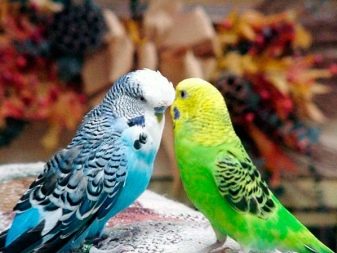
But chinchillas rarely get along with other cat breeds. This must be borne in mind when deciding whether to purchase a kitten of this breed.
They also cannot stand being restricted in their freedom of choice or movement. Given these features, such cute creatures can become real friends.
Conditions of detention
Since cats silver chinchillas are very beautiful, then they are not cheap. And in order to maintain their beauty and justify the funds spent on their purchase, it is necessary to periodically conduct some procedures for caring for the animals. Manipulations are simple, but they must be done regularly.
Particular attention is required chinchilla wool. For it to really sparkle and cast in silver, it must be combed at least twice a week. This applies to both long-haired and short-haired breeds. First, the hair is combed out in the direction of growth, then in the opposite direction. This procedure will allow not only to keep the hair of the animal in order: combing is also an excellent massage, which is very useful for an aristocratic pet.
The shutter is not suitable for these purposes, it can injure the skin and damage the coat. You must purchase a special brush.

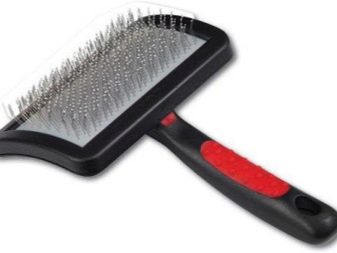
Chinchilla washing is often not recommended. Water treatments are indicated to animals as needed. If the soap is used too often, the natural fat layer is washed out, and the wool itself acquires an unaesthetic yellowish tint. To keep the chinchilla cat clean, it is recommended to use special dry shampoos for cats. Preference should be given to products with a whitening effect.
Some hosts before exhibitions and other important events recommend rinsing the hair with a weak solution of vinegar. After this, the skin becomes shiny and especially pleasant to the touch.

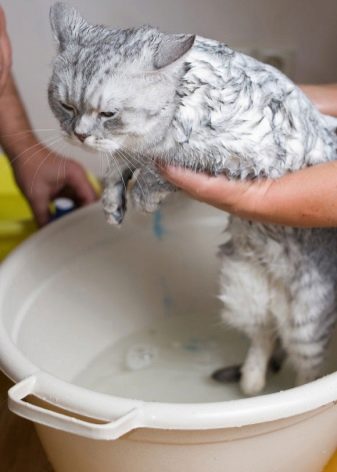
A feature of all chinchillas is increased lacrimation. Therefore, teardrops often appear and they need to be removed with a cotton swab dipped in a solution of boric acid, chamomile, or at least in ordinary boiled water. If suppuration occurs, they can be cured with tetracycline ointment.
Also, do not forget to look after the cat’s teeth. It is worth entrusting it to a veterinarian, who at the same time will check their condition for possible diseases.
If an unpleasant odor comes from the ears of a pet, you should also consult a doctor.
Twice a month, the claws of the animal are trimmed. Ordinary scissors are not suitable, they can injure the animal.There are special clippers with which you can trim the claws to the desired length.
All thoroughbred cats are vaccinated without fail. Usually this process takes place in two stages. The first stage in chinchillas begins at the age of one and a half to two months. Among the first vaccine against plague, rabies and other infections.

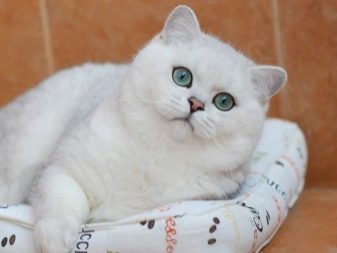
To consolidate protection, re-vaccination is carried out after a month. Then vaccinations should be repeated annually. The incubation period for any vaccination lasts 10 days.
Food
Veterinarians do not recommend mixing food from a common table and special foods. It is optimal to dwell on any one option. In this case, the pet’s diet should be quite diverse. It is advisable to alternate between different types of meat: rabbit, chicken or turkey. As for the thermal processing of meat, there are no prohibitions here - cats are equally loyal to both raw and cooked products.
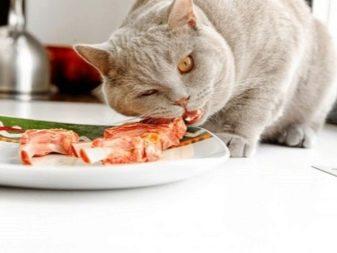
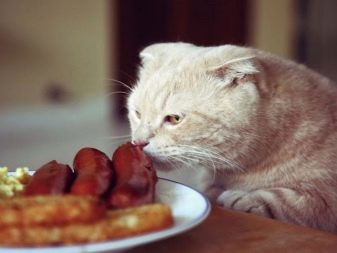
Large pieces should be pre-chopped. In order to maintain the shape of the fish and dairy products, it is advisable to introduce cats to the menu no more than twice a week. Also, one should not forget about vegetables - cabbage, carrots. You can introduce buckwheat, quail eggs, oatmeal into the diet.
Breeding
The breeding process of silver chinchilla cats is very complex. Professional breeders very meticulously choose a partner for mating. If the pair is not selected carefully enough, a kitten may appear with the wrong, in terms of pleasant standards, coat color. At the same time, the purity of the breed is lost, and it can take several years to restore it, during which the correct signs can weaken or disappear altogether.
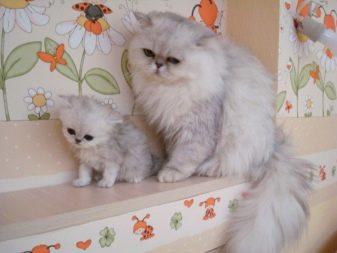
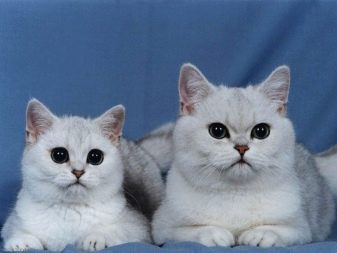
Therefore, the future pair for mating is selected exclusively in special nurseries or from trusted familiar breeders.
Since there are very few such nurseries, it is not an easy task to find a suitable partner from whom you can get purebred thoroughbred offspring that can be displayed at competitions and exhibitions. Professional breeders carefully check the pedigree of potential partners in order to find identical roots to maintain breed cleanliness. Also, studying the pedigree helps to eliminate the possibility of kinship and to avoid the risk of giving birth to kittens with deviations.
If the parents were closely related, then the children born from them may be sick with hemolysis. The first sign of illness is if newborn kittens have red urine. Babies should be urgently taken from their mother and artificially fed. Relationships can also be ascertained by blood group, but this process is long and expensive. In addition, in Russia this type of diagnosis has not yet been sufficiently mastered, and to obtain absolute results, biomaterials are sent to the United States.
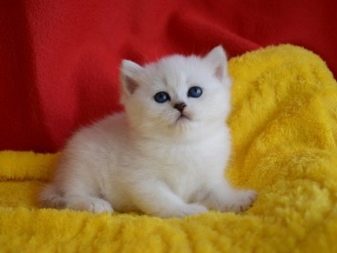
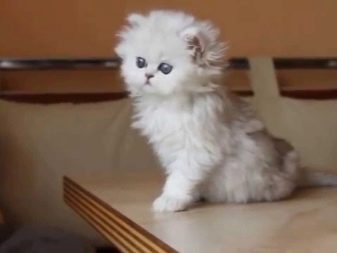
However, on the other hand, the presence of common relatives in the first or second generation increases the chances of obtaining purebred offspring. But you must understand that kittens born from such a pair can be born painful and non-viable.
About chinchillas features see below.
